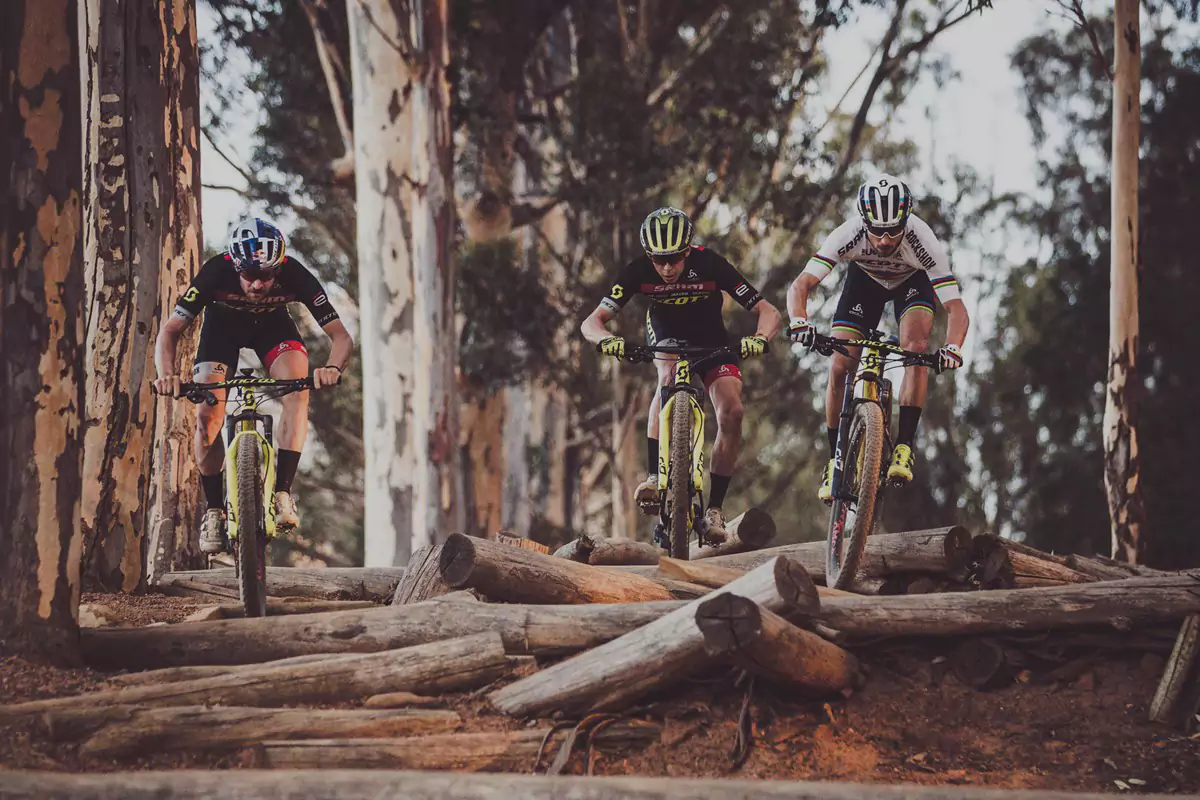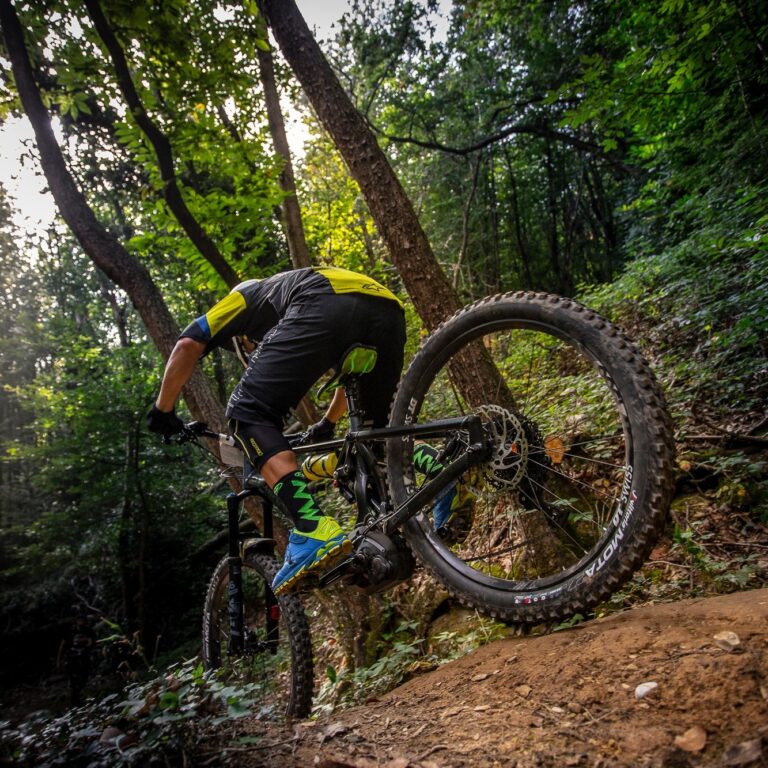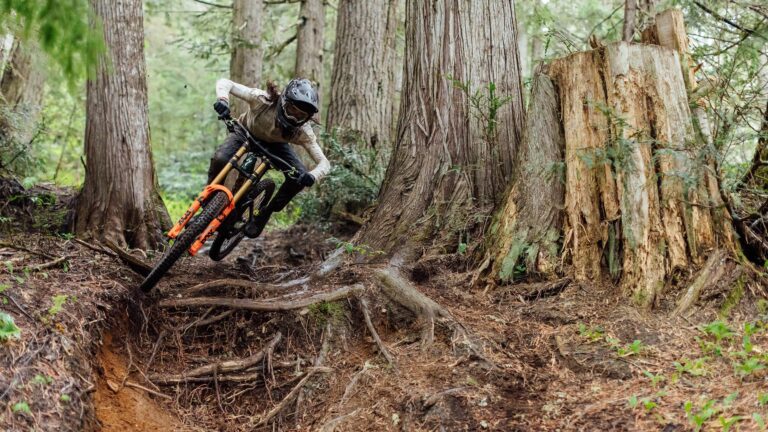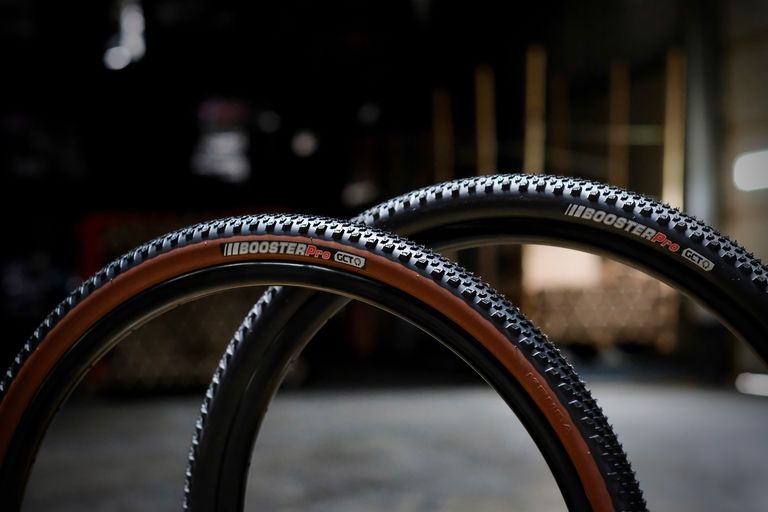Puncture Resistance of Cross Country Bike Tires: Navigating Trails with Confidence

Key Point Summary of Puncture Resistance of Cross Country Bike Tires:
- Crucial Role of Puncture Resistance: Puncture resistance is vital for reliability and safety in cross country biking.
- Factors Influencing Puncture Resistance: Tire construction, materials, and tread design all contribute to a tire’s ability to resist punctures.
- Tubeless Tires for Enhanced Protection: The benefits of tubeless systems in improving puncture resistance.
- Regular Maintenance for Tire Integrity: Importance of tire care in maintaining puncture resistance.
- Balancing Durability with Performance: Selecting tires that offer protection without compromising ride quality.
As a masters cyclist with extensive experience in mountain, gravel, and cyclocross biking, I’ve come to understand how crucial puncture resistance is for cross country bike tires. Let’s explore the importance of puncture resistance and how to ensure your tires can withstand the rigors of the trail.
Understanding the Importance of Puncture Resistance
In cross country biking, puncture resistance is a key factor in tire selection. The rugged and unpredictable nature of off-road trails means encountering sharp rocks, thorns, and debris is common. A puncture-resistant tire can mean the difference between a smooth ride and frequent, frustrating stops for repairs.
Factors Influencing Puncture Resistance
Several elements contribute to a tire’s ability to resist punctures:
- Tire Construction and Materials: Durable materials and robust construction, such as reinforced sidewalls and thicker tread areas, can greatly enhance a tire’s puncture resistance.
- Tread Design: While primarily for traction, certain tread designs can also help protect against punctures by deflecting sharp objects.
The Advantages of Tubeless Tires
Tubeless tires have become increasingly popular in cross country biking, largely due to their improved puncture resistance. The absence of an inner tube reduces the risk of pinch flats, and the use of sealants in tubeless tires can quickly seal small punctures, significantly reducing the likelihood of flats.
Importance of Regular Tire Maintenance
Maintaining tire health is crucial. Regularly inspecting for wear and embedded debris, and ensuring proper tire pressure, are essential practices. For tubeless tires, periodic replacement of the sealant is also important to maintain their puncture-sealing properties.
Balancing Durability and Performance
While puncture resistance is important, it’s crucial to balance this with other performance aspects. Heavier, more protective tires can impact the bike’s overall handling and speed. Therefore, choosing a tire that offers both adequate protection and good riding characteristics is important.
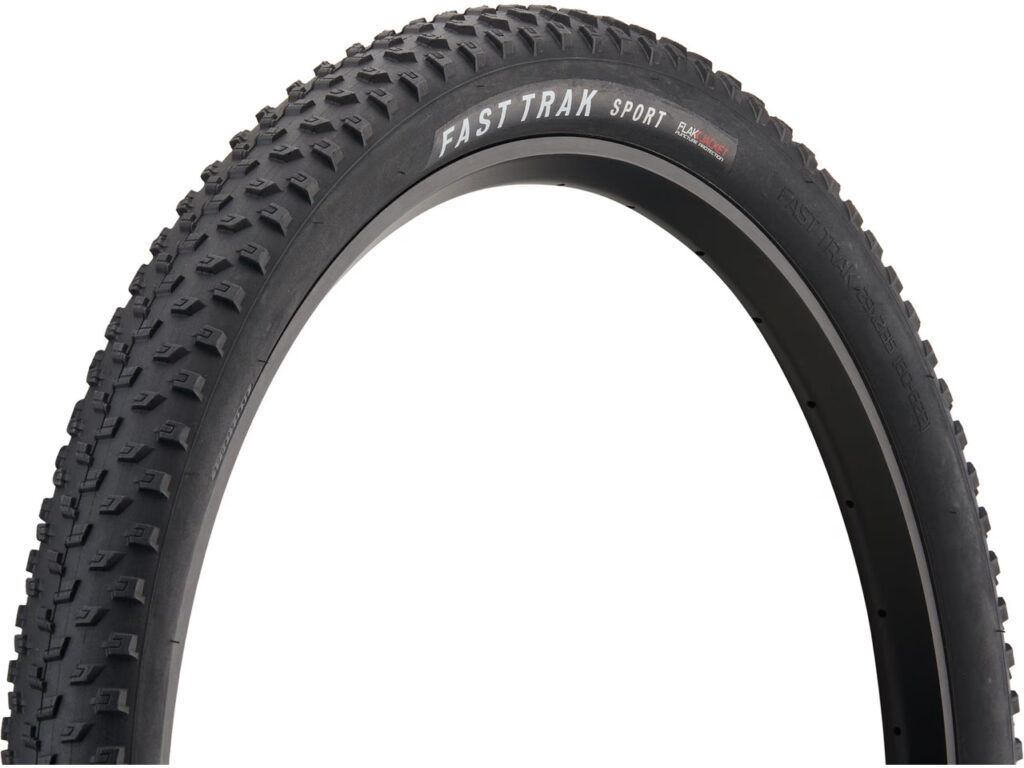
Advanced Puncture Resistance Technologies
- Innovative Rubber Compounds: Some cross country tires incorporate advanced rubber compounds that are both tough and flexible, offering enhanced puncture resistance without sacrificing grip.
- Layered Protection Systems: Tires may feature multi-layered protection systems, including a robust base layer for durability and a softer outer layer for handling and traction, creating a barrier against punctures.
The Role of Tire Width in Puncture Resistance
- Wider Tires for Better Protection: Wider tires can provide more protection against punctures. The increased volume allows for lower air pressure, which can help absorb impacts that might otherwise puncture a tire.
- Tire Pressure Management: Properly managing tire pressure is crucial. Too low, and you risk pinch flats; too high, and the tire can become more susceptible to sharp objects.
Tread Pattern and Puncture Resistance
- Tread Pattern Complexity: The complexity of the tread pattern can impact puncture resistance. More intricate patterns with multiple knobs and grooves can help deflect sharp objects away from the tire’s main body.
- Center Tread vs. Side Knobs: The design of the center tread and side knobs also plays a role. Denser center treads can offer better puncture protection, while more aggressive side knobs can aid in overall tire stability and grip.
Environmental Factors Affecting Puncture Resistance
- Terrain-Specific Tire Choices: The choice of tire should be influenced by the typical terrain. Tires designed for rocky or thorny trails often have higher puncture resistance than those designed for softer, muddier trails.
- Weather and Seasonal Considerations: Weather conditions and seasons can affect the likelihood of punctures. For instance, wet conditions can soften the ground, reducing puncture risks, but can also hide sharp objects.
Balancing Puncture Resistance with Bike Handling
- Handling vs. Protection: It’s important to balance the need for puncture resistance with the tire’s handling characteristics. A tire that is overly focused on puncture protection might compromise on agility and speed.
- Rider Skill Level and Preferences: The importance of puncture resistance can also vary based on the rider’s skill level and preferences. More experienced riders might prioritize handling and speed, while beginners might value puncture resistance more.

Based on the detailed discussion about puncture resistance in cross country bike tires, here are some of the best tires that embody these principles:
- Maxxis Aspen: Known for its low rolling resistance and good puncture protection, the Aspen combines a lightweight design with a durable rubber compound, making it a popular choice for competitive and recreational cross country riders alike.
- Schwalbe Racing Ralph: This tire is renowned for its balance between grip, speed, and puncture resistance. It features a versatile tread pattern suitable for a variety of conditions, along with a robust construction that defends against flats.
- Continental Race King Protection: The Race King with Protection technology is designed for speed and durability. It boasts a puncture-resistant layer that doesn’t significantly add to the weight, maintaining excellent rolling efficiency.
- Vittoria Mezcal Graphene 2.0: Incorporating the advanced Graphene 2.0 compound, the Mezcal offers enhanced durability and puncture resistance. Its unique tread pattern provides reliable grip across a range of terrains.
- Specialized Fast Trak GRID: The Fast Trak GRID tire emphasizes puncture protection without compromising on performance. It features a tough casing and a tread pattern optimized for speed and control on diverse cross country trails.
Each of these models excels in providing a blend of puncture resistance, durability, and performance, making them well-suited for the varied demands of cross country biking. Remember, the best choice for you will also depend on your specific riding style and the typical conditions of the trails you ride.

Final Thoughts
Puncture resistance in cross country bike tires is a multifaceted aspect that combines technology, design, and practical application. By understanding these elements and how they interact with your specific riding conditions and style, you can make informed decisions about your tire choices. This knowledge will not only enhance your riding experience but also contribute to your safety and performance on the trails.
The right tire choice can make a significant difference in your cross country biking adventures.
John
FAQ
What is a cross country bike tire?
A cross country bike tire is designed for off-road cycling, featuring lightweight construction, moderate tread patterns for efficient rolling and grip, and widths typically ranging from 1.9 to 2.25 inches, suitable for cross country terrains.
What is the best size tire for XC?
The best tire size for XC (cross country) is typically between 2.0 and 2.25 inches, offering an optimal balance of traction, rolling efficiency, and weight.
What weight are XC tires?
XC tires typically weigh between 600 to 800 grams, varying based on tire size and construction, with lighter tires favored for competitive riding.
What size tires are needed for XC mountain bike?
For XC mountain biking, tire sizes typically range from 1.9 to 2.25 inches in width, balancing traction, efficiency, and lightweight performance.
